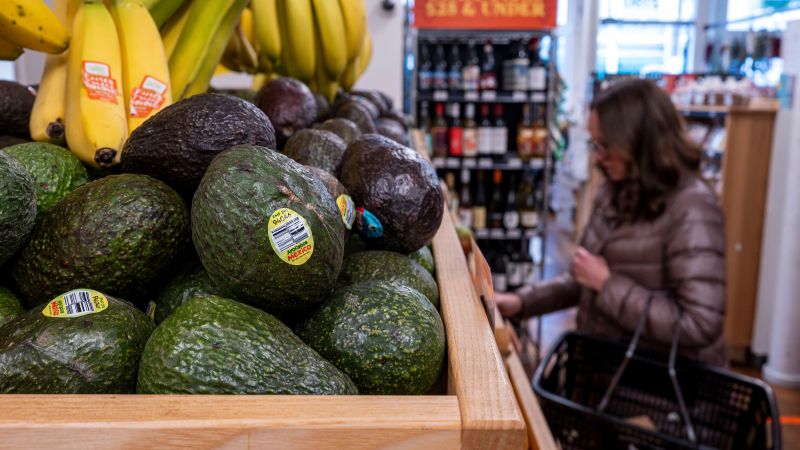President Trump Imposes Steep Tariffs on US Trading Partners
President Donald Trump has imposed steep tariffs on America’s three largest trading partners – Canada, China, and Mexico – citing a national emergency on the flow of fentanyl and undocumented immigrants into the United States. The tariffs, which are expected to take effect on Tuesday, include a 25% duty on all imports from Mexico and most goods from Canada, and an additional 10% tariff on Chinese goods imported into the United States.
Economists warn that these moves will negatively impact American businesses and consumers, many of whom are still reeling from the sharp rise in inflation in recent years. The US Chamber of Commerce warned that tariffs won’t solve the yearslong issues at the borders and instead threaten to “upend supply chains” and raise prices for American families.
About one-third of US imports come from the three countries targeted by Trump, and their products are among some of the most commonplace and critical items used by Americans, including fruits and vegetables, meat, gas, automobiles, electronics, toys, clothing, lumber, and beer and spirits.
Mexico and Canada supply a significant share of several key food categories, including fresh vegetables, meat, and grain. Agricultural products from Mexico and Canada could become more expensive for consumers, as grocery retailers operate on thinner profit margins than most industries. With little room to absorb higher tariff costs, the grocers may have to pass them on to shoppers.
The US imported $46 billion of agricultural products from Mexico last year, including $8.3 billion worth of fresh vegetables, $5.9 billion of beer, and $5 billion of distilled spirits. The biggest category of agricultural imports from Mexico was fresh fruits, with the US importing $9 billion worth, with avocados accounting for $3.1 billion of that total.
The US also imported $97 billion worth of oil and gas from Canada last year, with the tariff on Canadian energy products being only 10%, not the 25% tariff announced on other Canadian exports. The impact of the tariffs on gasoline prices is expected to be limited, but it could still hit America’s Heartland the hardest, as most Canadian oil is shipped to Midwest refineries via pipeline.
The auto sector is likely “apoplectic” about the new potential tariffs, as US car companies have been able to keep production costs down by hiring lower-wage workers, particularly in Mexico, where much of their production has shifted to in recent years. The tariffs could also raise prices for American consumers, as the cost of steel and aluminum imports from Canada and Mexico increases.
Other industries that could be impacted by the tariffs include beer and liquor, home construction and furniture, and consumer electronics. Beer and liquor may be recession-proof, but they’re certainly not tariff-proof, with the result being a stiff penalty on some of America’s favorite libations. Home construction and furniture could also be impacted, as 30% of what the US uses annually of softwood lumber comes from Canada, and taxing or cutting off Canadian lumber imports could further exacerbate the ongoing housing affordability crisis.
Consumer electronics are among the top goods the US imported from China last year, including cellphones, TVs, laptops, video game consoles, monitors, and all the components that power them. China is also a major supplier of home appliances, toys, and footwear, with 99% of shoes sold in the United States being imported, and 56% of those being made in China.

